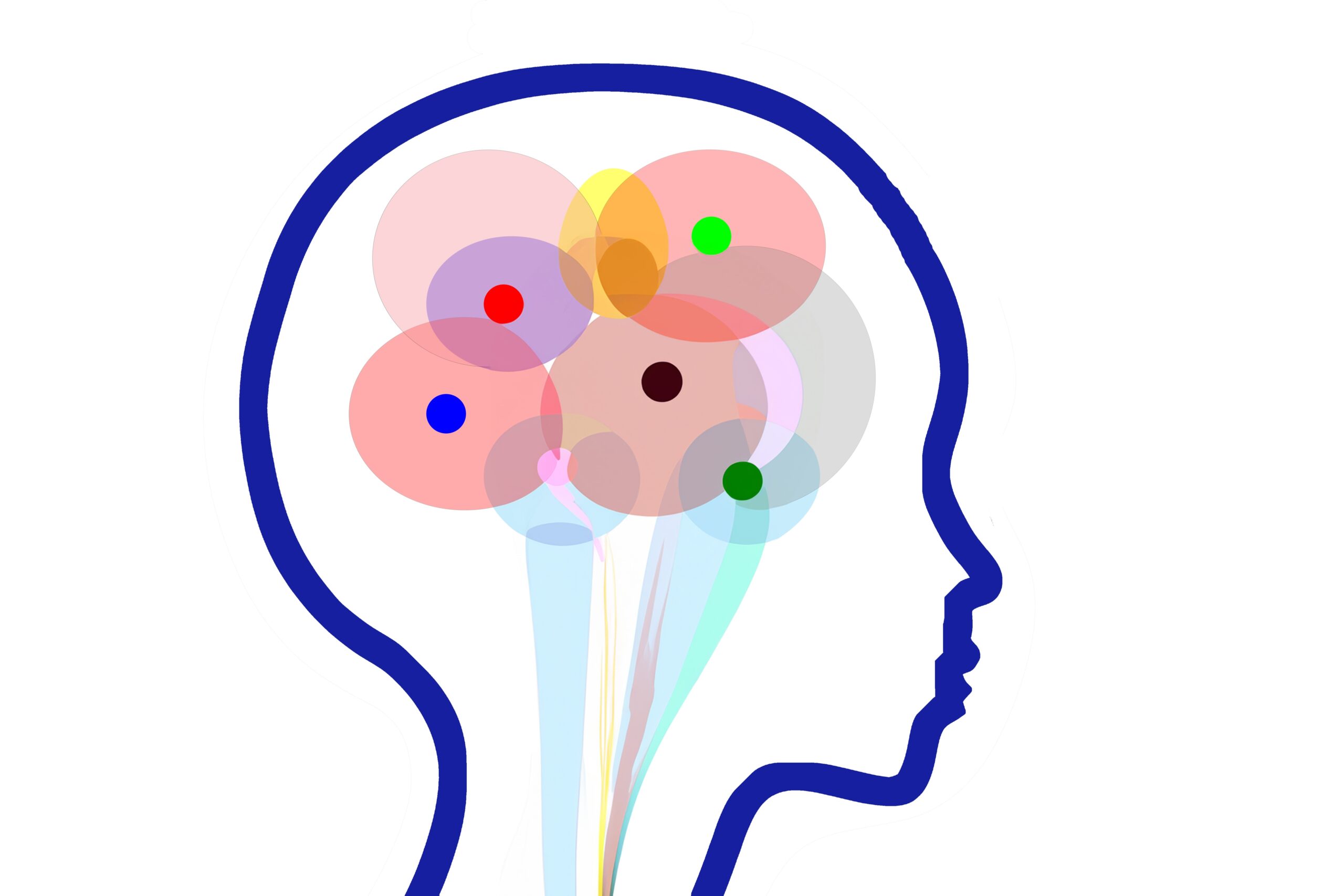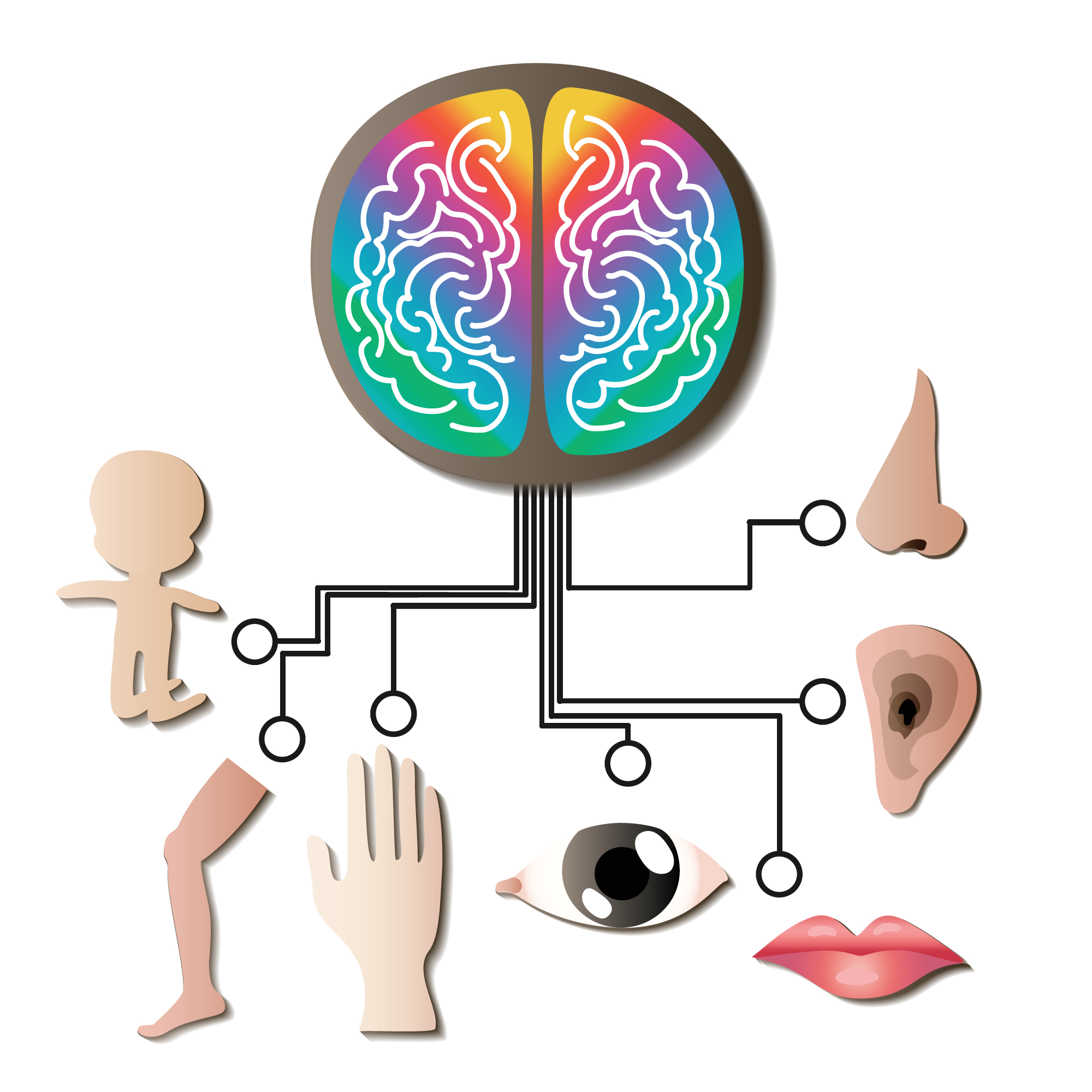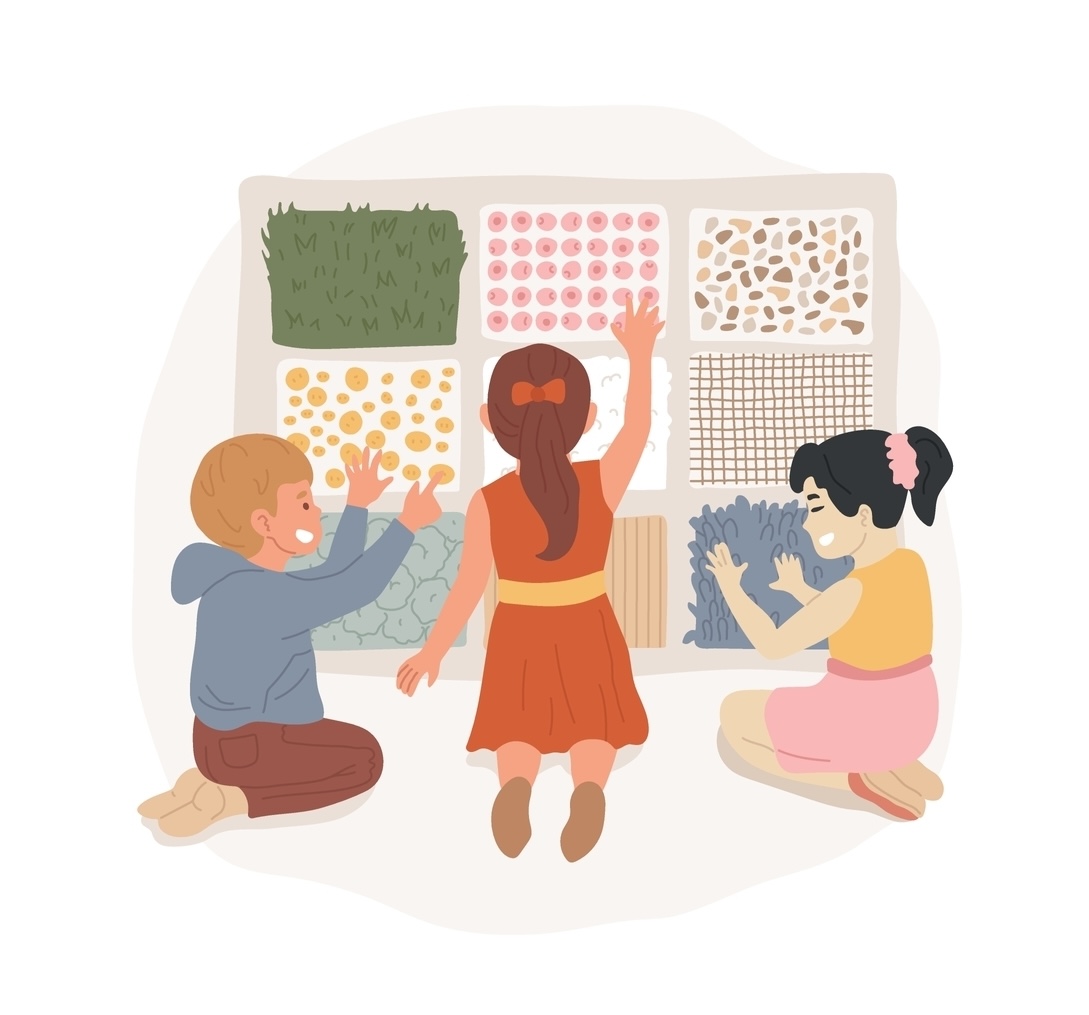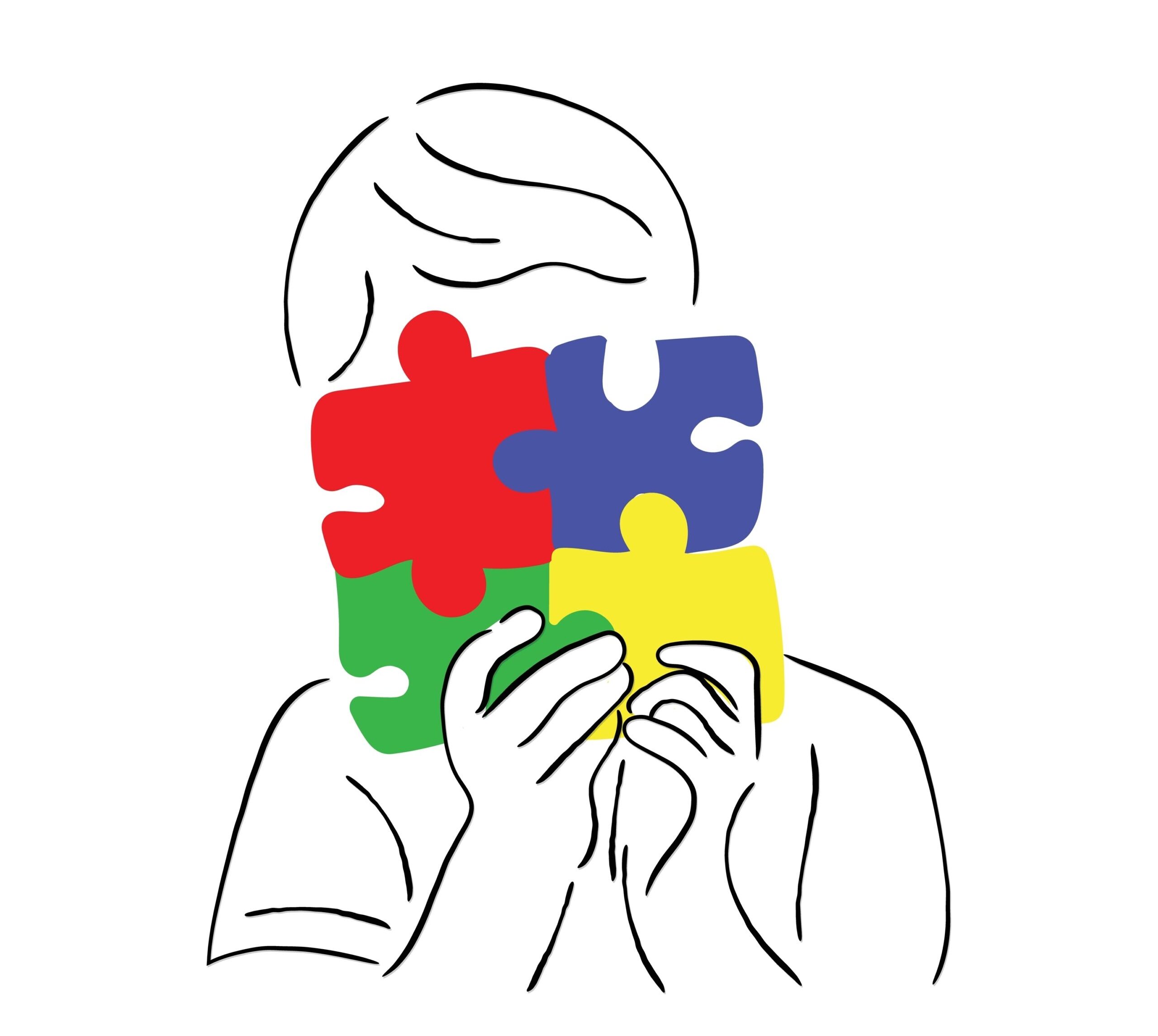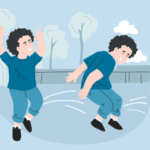
Blog
Understanding Sleep Regressions in Babies and Toddlers
Author: DrSensory
May 14, 2025
Understanding Sleep Regressions in Babies and Toddlers
Sleep regressions. The phrase alone can strike fear into the hearts of even the most seasoned parents. If your baby or toddler’s sleep patterns have suddenly changed, leaving you wondering, “Why is my baby not sleeping?” or, “What just happened to my toddler’s bedtime routine?”, you’re not alone. These disruptions, while difficult, are a normal part of many children’s developmental journeys.
This guide will help you understand what sleep regressions are, the ages they’re most commonly observed, and how they differ from other sleep disturbances. Plus, we’ll share effective strategies to manage them and get your little one (and yourself) back on track.
What Is a Sleep Regression?
Sleep regression refers to a temporary setback in a baby or toddler’s sleep patterns, usually characterized by difficulty falling asleep, frequent night wakings, shortened naps, or early morning risings. These disruptions can happen seemingly overnight, even for children who have been great sleepers.
Unlike other sleep disturbances that may be caused by illness, environmental factors, or improper sleep habits, sleep regressions are typically linked to developmental or neurological changes. These episodes are frustrating, but the good news is they’re temporary, usually lasting between two and six weeks.
Understanding the root causes of sleep regressions can empower parents to handle them with patience and confidence.

Common Ages for Sleep Regressions
Sleep regressions aren’t random. They tend to occur around predictable ages when key developmental milestones are taking place. Here’s a breakdown of common ages linked to sleep regressions:
4-Month Sleep Regression
- Cause: Major changes in sleep cycles. Around this time, babies mature from newborn sleep patterns to having more adult-like sleep cycles, which include light and deep sleep stages.
- Signs: Increased night wakings, shorter naps, and difficulty falling back asleep without assistance.
- Duration: Approximately 2-4 weeks.
6-Month Sleep Regression
- Cause: Teething pain and growing awareness of surroundings. Sleep may also be disrupted as babies begin solid foods, making digestion a new factor.
- Signs: Difficulty napping or waking frequently at night despite enough awake time during the day.
8-10 Month Sleep Regression
- Cause: Huge physical milestones like crawling, pulling to stand, and exploring object permanence. Babies often want to practice these new skills—even at 3 a.m.
- Signs: Resistance to bedtime and shorter naps. Some babies experience separation anxiety during this stage.
12-Month Sleep Regression
- Cause: Growing independence and shifts in daytime sleep needs. Many babies transition from two naps to one during this time.
- Signs: Nap refusals, frequent wake-ups, and clinginess at bedtime.
18-Month Sleep Regression
- Cause: Toddler milestones, including leaps in language, imagination, and autonomy. This period may also bring tantrums and testing boundaries at bedtime.
- Signs: Delaying bedtime, resistance to staying in bed, and heightened separation anxiety.
2-Year Sleep Regression
- Cause: Increased independence and possible nap transitions. Teething from second molars may also play a role.
- Signs: Fighting bedtime, waking during the night, and calling for caregivers.
3-Year Sleep Regression
- Cause: Cognitive advancements like vivid dreams or fears. Preschoolers may also experience disrupted sleep from dropping their final nap.
- Signs: Nightmares, stalling bedtime, and waking early.
While the ages above are common, every child is unique. Some may not experience sleep regressions, while others might have more frequent disruptions, especially among children with sensory processing difficulties, ADHD, or autism.
Causes and Contributing Factors
Sleep regressions stem from a mix of factors, including neurodevelopmental changes and environmental influences. Here are the most common culprits:
1. Neurodevelopmental Growth
Milestone mastery, such as crawling, standing, or walking, temporarily influences sleep as a child’s brain works overtime consolidating new skills.
2. Sleep-Onset Associations
Babies or toddlers who rely on external factors like rocking, nursing, or a pacifier to fall asleep may struggle during sleep regressions.
3. Schedule Adjustments
Daytime sleep needs evolve as children grow, and mismatched schedules can lead to nighttime difficulties.
4. Illness and Teething
Temporary discomfort from colds, fevers, or teething often disrupts otherwise predictable sleep patterns.
5. Routine Disruptions
Travel or changes in nap routines can unsettle young sleepers.
6. Anxiety or Cognitive Leaps
Separation anxiety, new fears, or dream-related anxiety peaks during sleep regressions.
How Sleep Regressions Differ From Other Sleep Disturbances
It’s important to identify whether your child’s sleeplessness is a true regression or something else:
- Teething is accompanied by visible gum swelling or irritability. Relief measures such as teething rings usually improve sleep.
- Medical Conditions like ear infections or acid reflux can cause discomfort. Consult your pediatrician if symptoms persist.
- Milestones vs. SPD or Autism. Regression linked to conditions like sensory processing difficulties or autism often involves more consistent, long-term disruptions. Additional support from professionals such as occupational therapists may be beneficial here.
If you’ve ruled out external factors, chances are your child’s sleep struggles fall into the temporary category of sleep regression.
Managing Sleep Regressions
Consistency and patience are your best tools during a sleep regression. Here are actionable strategies to help:
1. Stick to a Routine
Maintain predictable bedtime rituals such as a bath, reading a book, and cuddles. A consistent routine reassures your child and cues their brain for sleep.
2. Optimize the Sleep Environment
Keep your child’s room dark, quiet, and at a comfortable temperature. Consider using blackout curtains and white noise machines.
Here are further reading for you:
Best Night Light Color For Baby
How To Create a Sensory Room For Your Baby
The Hidden Impact of Non-Integrated Reflexes on Child Development
3. Adjust Schedules
If naps are too long or bedtime is too early, a schedule tweak can help. For children transitioning to fewer naps, extended awake times may be required to ensure adequate sleep pressure.
4. Provide Reassurance Without Over-Assistance
If your toddler is experiencing separation anxiety or night waking, offer comfort without creating a dependency. Gentle words like “Mommy is here, now it’s time to sleep” can help settle them down.
5. Use Sleep Aids Sparingly
Comfort objects like lovies or pacifiers can provide security. However, avoid introducing items that may become a sleep crutch.
6. Seek Expert Support When Needed
If sleep regressions are severe or ongoing, consider consulting specialists like occupational therapists (OTs), speech therapists (SLPs), or pediatric sleep consultants to develop a tailored plan.
- For parents of children with autism or sensory processing disorders, connecting with the DrSensory Therapist Database can provide access to licensed professionals who specialize in these needs.
- Taking Cara Babies is a popular option as a resources for parents on sleep regressions.
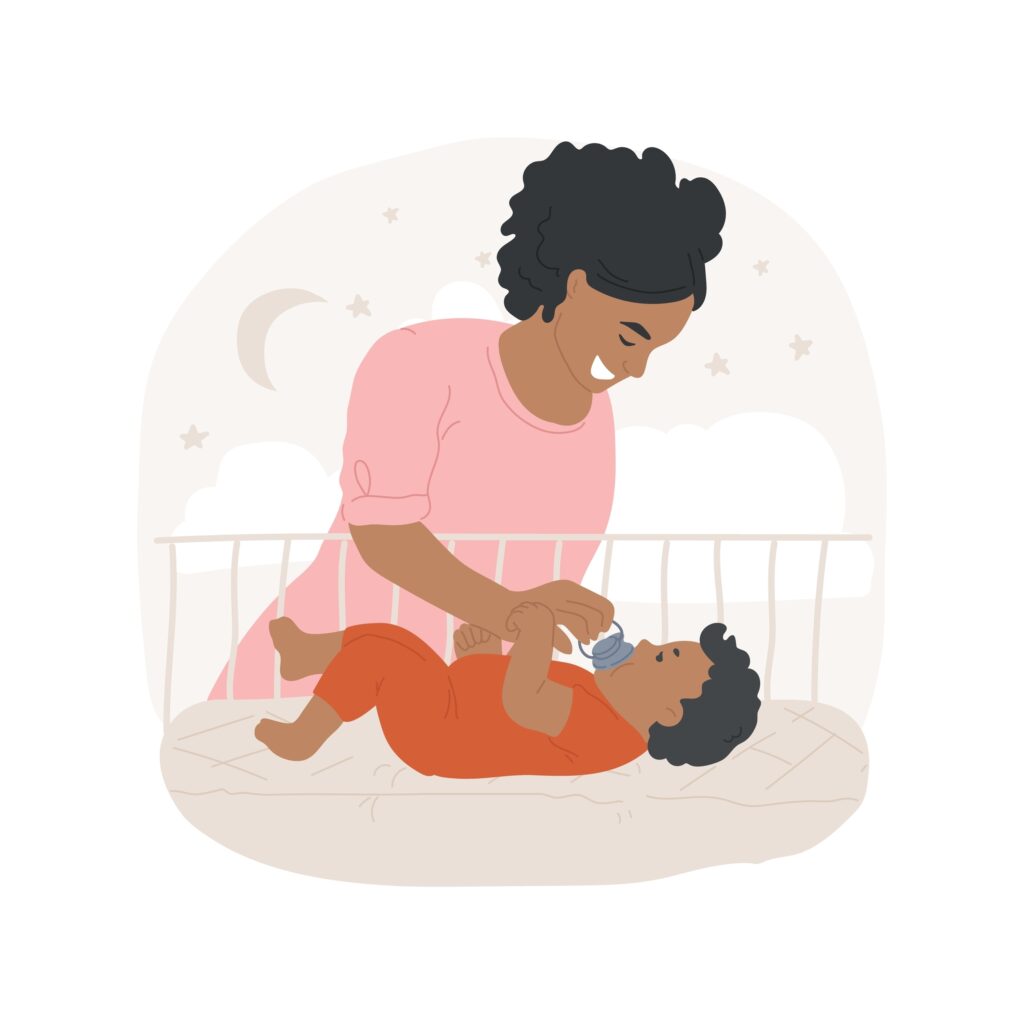
Rediscover Restful Nights
While exhausting, sleep regressions are a phase—not a permanent problem. These temporary setbacks often signal developmental progress that’s worth celebrating—even if you’re doing so with a cup of coffee in hand.
If you’re navigating this tricky time, remember that consistency, comfort, and knowledge are your best allies. Don’t hesitate to reach out for resources and professional help when needed. And above all, know that this too shall pass.
Share this guide to support other parents dealing with “Why is my baby not sleeping?” moments. Visit DrSensory’s Therapist Database to connect with professionals ready to assist your child’s developmental milestones and sleep needs.
related blogs
Your child is constantly moving, crashing into furniture, or having meltdowns in response to seemingly minor things like a loud
Your toddler refuses to wear certain clothes, has huge meltdowns in noisy places, or is an extremely picky eater, limited
Your child seems to miss verbal instructions, struggles to follow conversations in noisy environments, and often asks "what?" even when
On the surface, autism and Ehlers-Danlos syndrome (EDS) might seem like two entirely unrelated conditions. One is a neurodevelopmental condition
The intense head pain begins, lights feel blindingly bright, and every sound seems amplified to an unbearable level. You retreat




